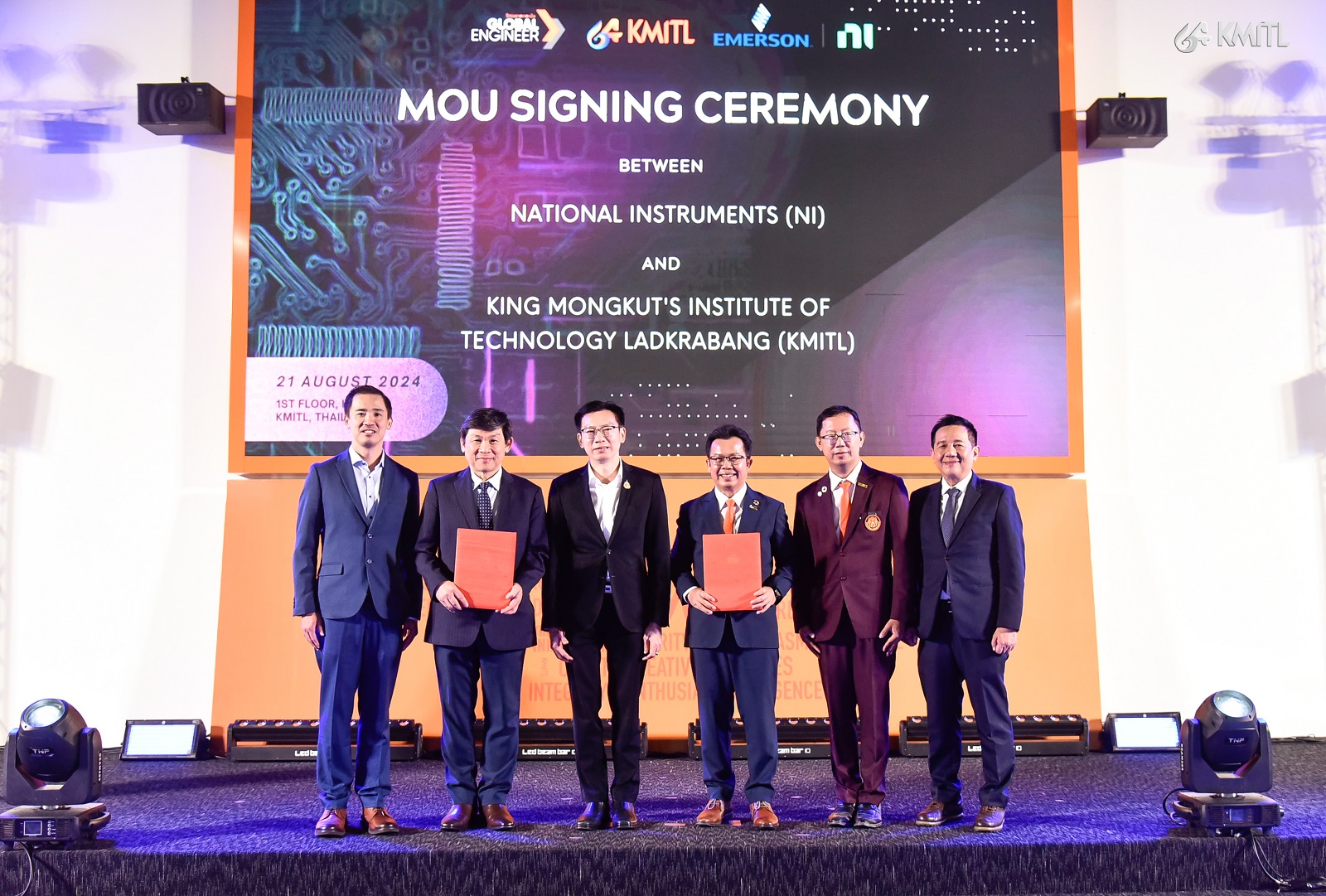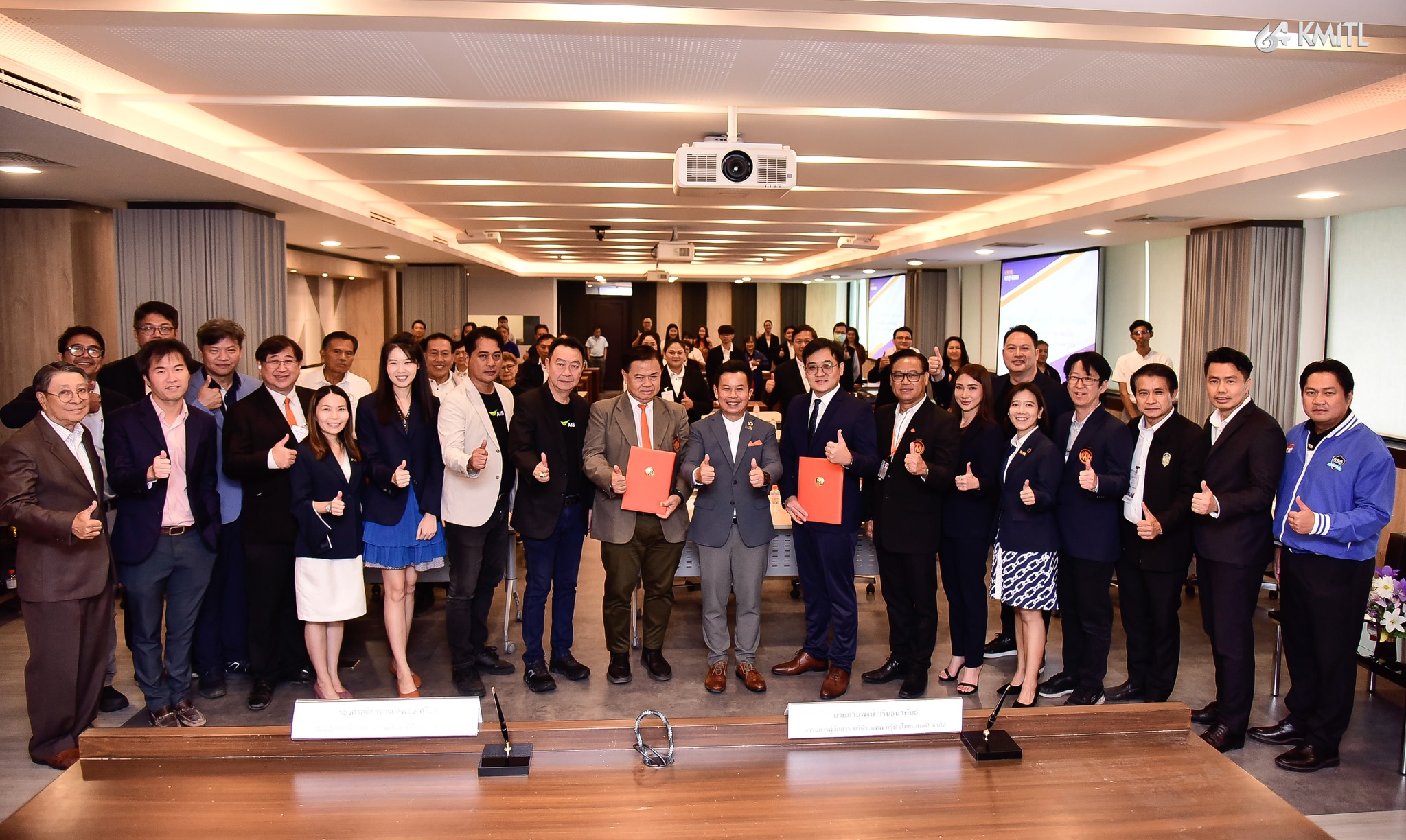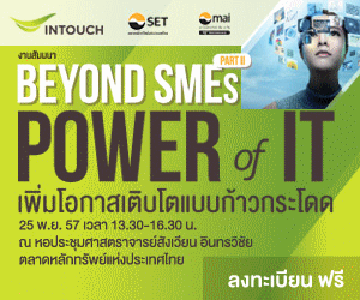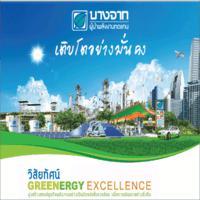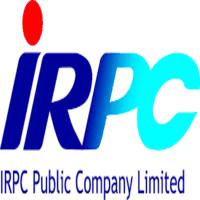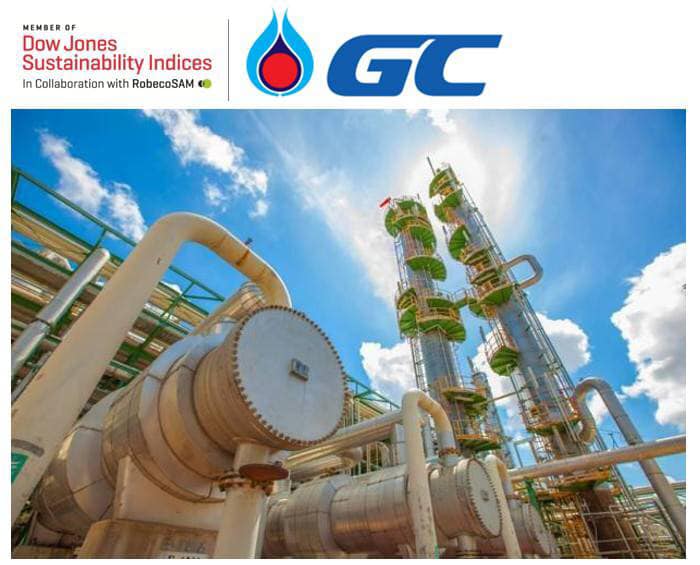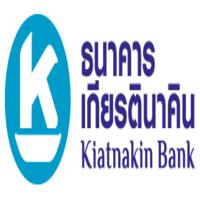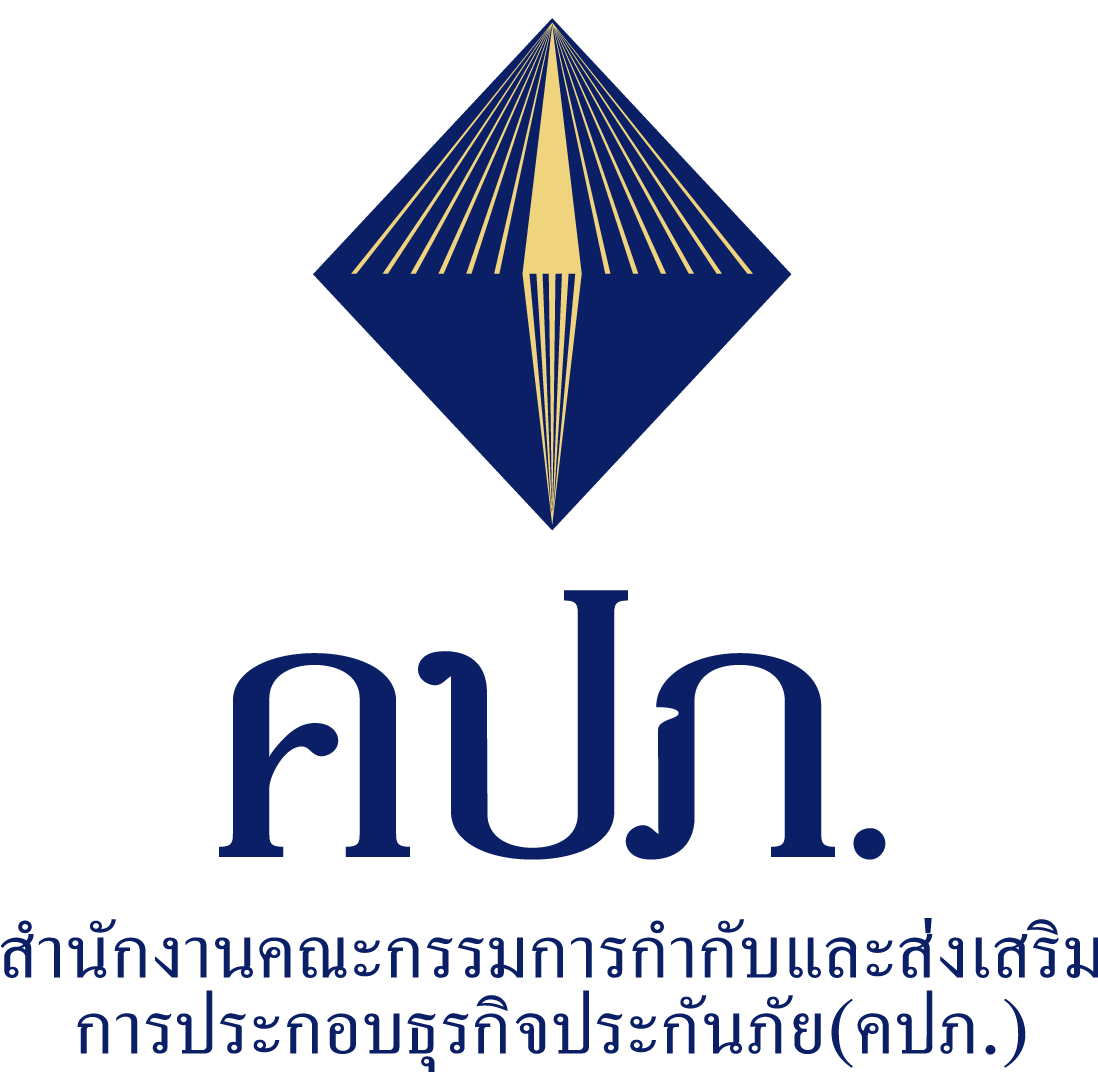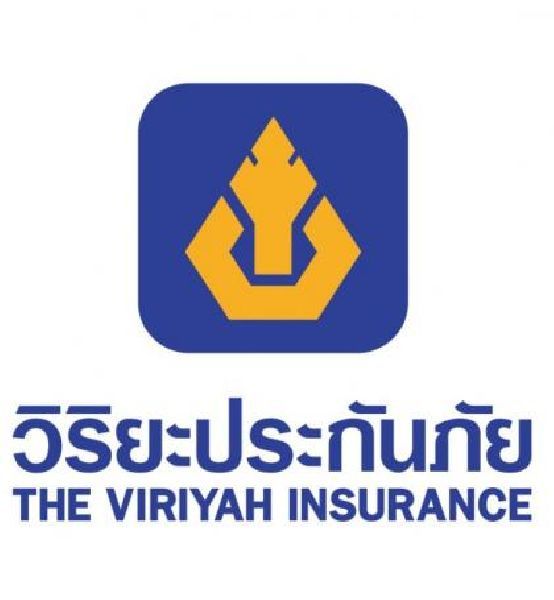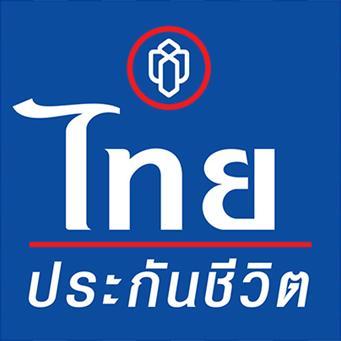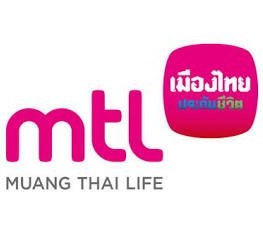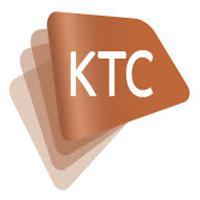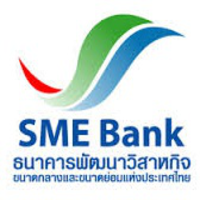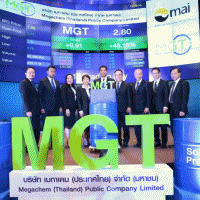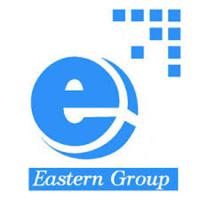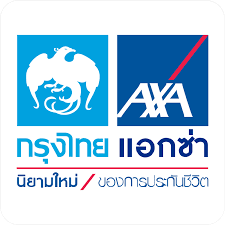- Details
- Category: ไอที-เทคโนฯ
- Published: Friday, 06 March 2015 14:31
- Hits: 3158
AMD ตั้งเป้าเสริมความเยี่ยมยอดด้านคอนเทนต์ ความสะดวก และความสามารถในการใช้งานร่วมกันด้วยเทคโนโลยี LiquidVR™
- AMD สร้างแพลตฟอร์มเทคโนโลยีใหม่ เพื่อการทำงานให้เกิดความสมจริงไม่มีการกระตุก และความเร็วในการตอบสนองในโลกเสมือนจริง -
ซานฟรานซิสโก, แคลิฟอร์เนีย: ในงาน Game Developer Conference ระดับโลก AMD (NASDAQ: AMD) ประกาศเปิดตัวเทคโนโลยีใหม่ที่ได้รับการพัฒนาระหว่าง AMD กับพันธมิตร เพื่อสร้างประสบการณ์เสมือนจริงที่ดีที่สุดให้กับนักพัฒนาและผู้ใช้ ที่เรียกว่า LiquidVR™ ซึ่งเป็นนวัตกรรมทางเทคโนโลยีอีกขั้น ในการพัฒนาคอนเทนต์แบบเสมือนจริงได้เยี่ยมยอดบนฮาร์ดแวร์ของ AMD เพิ่มความสะดวกการใช้งานกับ VR แอพพลิเคชั่น และรองรับกับ VR เฮดเซ็ต สำหรับ LiquidVR SDK ตัวใหม่นี้จะช่วยลดข้อจำกัดในเรื่องการจัดการคอนเทนต์ ความสะดวกในการใช้งาน และการปฏิบัติการร่วมกัน ซึ่งถือว่าเป็นก้าวสำคัญสู่การพัฒนาเทคโนโลยีเสมือนจริงให้สมจริงมากยิ่งขึ้นเพิ่มประสบการณ์ไม่ว่าจะอยู่ในเกมหรือแอพพลิเคชั่นต่างๆ
คอนเซ็ปท์ของความเสมือนจริงนั้น ก็คือ การที่ผู้ใช้รู้สึกดื่มด่ำ ได้รับประสบการณ์เหมือนเข้าไปอยู่จริงใน สภาพแวดล้อมที่ถูกสร้างขึ้นด้วยเทคโนโลยี ข้อจำกัดในปัจจุบันของสภาวะเสมือนจริง คือ การเกิดจุดชะงัก motion-to-photon latency คือ ช่วงรอยต่อของระยะเวลาที่ภาพจะถูกสร้างขึ้นเมื่อมีการเคลื่อนไหวศีรษะ หรือของสิ่งของที่ตาอยู่ การลดช่วงรอยต่อ motion-to-photon latency ให้เหลือน้อยที่สุด เป็นปัจจัยสำคัญมากที่จะทำให้ผู้ใช้งานรู้สึกอยู่ในสภาพเสมือนจริงมากที่สุดเช่นกัน
ทั้งนี้การลด latency ต้องเริ่มทำตั้งแต่ GPU ไปจนถึงแอพพลิเคชั่นและเทคโนโลยีการแสดงผลในเฮดเซ็ท ซึ่งทั้งฮาร์ดแวร์และซอฟต์แวร์ของ AMD เป็นส่วนสำคัญในการลด latency และด้วยเทคโนโลยี LiquidVR™ นี้ จะทำให้นักพัฒนาและผู้คิดคอนเทนต์สามารถผลิตผลงานที่เสมือนจริงที่ทำให้สามารถใช้งานได้อย่างลื่นไหลและมีการตอบสนองที่รวดเร็ว
“เรารู้สึกยินดีเป็นอย่างยิ่งที่ AMD ได้เข้ามาช่วยในเรื่อง latency ในการพัฒนาผลิตภัณฑ์ที่รองรับฟีเจอร์ใหม่ๆ อย่าง asynchronous time warp และ late latching และช่วยพัฒนาความสามารถในการใช้งานร่วมกัน เพื่อให้ผู้ใช้งาน Oculus สัมผัสกับประสบการณ์ใหม่ที่ใช้งานบนฮาร์ดแวร์ของ AMD” Brendan Iribe ประธานเจ้าหน้าที่บริหาร (CEO) ของ Oculus กล่าว
“คอนเทนต์ ความสะดวกในการใช้งาน และความสามารถในการปฏิบัติการร่วมกัน ทั้งสามสิ่งนี้เป็นเป้าหมายหลักของ AMD ในการพัฒนาเทคโนโลยีเสมือนจริง ทั้งนี้ LiquidVR™ ถือได้ว่าเป็นก้าวสำคัญของเราในการแก้ไขข้อจำกัดต่างๆเพื่อให้นักพัฒนาสามารถสร้างสรรค์ประสบการณ์ใหม่ๆให้สมจริงยิ่งขึ้น” Raja Koduri รองผู้อำนวยการ ด้าน Visual Computingของ AMD กล่าวเสริม “AMD มุ่งมั่นที่จะร่วมมือกับ VR ecosystem ในการส่งมอบเทคโนโลยี LiquidVR ที่มีเป้าหมายในการสร้างโลกเสมือนให้สมจริงมากที่สุดต่อไป”
ฟีเจอร์หลักๆ ของ LiquidVR SDK เวอร์ชั่น 1.0 รวมถึง:
- Async Shaders เพื่อ head-tracking ที่ลื่นไหลจะช่วยลดlatency ระหว่างที่ผู้ใช้ขยับศีรษะและระยะเวลาที่ภาพจะเกิดขึ้นที่จอได้อย่างมีประสิทธิภาพ
- Affinity Multi-GPUสำหรับการเรนเดอร์ภาพ จะทำให้ชุดกราฟฟิกการ์ดสามารถทำงานร่วมกันเพื่อแก้ไขเฟรมเรตใน VR แอพพลิเคชั่น โดยการจ่ายงานให้ประมวลผลในกราฟฟิกการ์ดที่แตกต่างกันออกไป กราฟฟิกการ์ดแต่ละตัวจะเรนเดอร์ภาพจากตาแต่ละข้าง หลังจากนั้นจะรวมภาพเข้าด้วยกันให้เป็นแบบสามมิติ เทคโนโลยีดังกล่าวจะทำให้สามารถเรนเดอร์ภาพได้อย่างมีประสิทธิภาพสูงสุดเพื่อทำให้ภาพเคลื่อนไหวได้อย่างลื่นไหล
- Data Latch เพื่อ head-trackingที่ลื่นไหลจะช่วยให้รับข้อมูล head tracking จาก head-mounted displayส่งไปยังกราฟฟิกการ์ดได้อย่างรวดเร็ว
- Direct-to-display จะช่วยให้การเชื่อมต่อระหว่างกราฟฟิกการ์ดของ AMDและ VR เฮดเซ็ท สามารถทำงานได้อย่างอัตโนมัติ
ทั้งนี้ AMD ได้เปิดให้นักพัฒนาสามารถดาวน์โหลด LiquidVR SDK 1.0 เวอร์ชัน alpha ได้แล้ว
แหล่งข้อมูลเพิ่มเติม
- ข้อมูลเพิ่มเติมเกี่ยวกับ LiquidVR
- เป็นแฟนของ AMD บน Facebook AMD on Facebook หรือ AMD Gaming
- รับข่าวสารของเราทางทวิตเตอร์ได้ที่ @AMDGaming หรือ @AMDRadeon
- ศึกษาข้อมูลเพิ่มเติมเกี่ยวกับOculus ได้ที่ www.oculus.com, @oculusหรือ facebook.com/oculusvr
เกี่ยวกับ AMDเอเอ็มดี (NASDAQ:AMD) เป็นผู้ออกแบบและประสานเทคโนโลยีที่ใช้ขับเคลื่อนอุปกรณ์อัจฉริยะต่างๆ เช่น คอมพิวเตอร์ส่วนบุคคล แท็บเล็ต เกมคอนโซล และคลาวด์เซิร์ฟเวอร์ ซึ่งเป็นอุปกรณ์แห่งยุค Surround Computingยุคใหม่ โซลูชั่นของเอเอ็มดีจะทำให้ใช้ประโยชน์สูงสุดจากแอพพลิเคชันและอุปกรณ์ชิ้นโปรดได้อย่างไร้ข้อจำกัด สำหรับข้อมูลเพิ่มเติม โปรดไปที่ www.amd.com
AMD takes aim at exceptional content, comfort and compatibility with new LiquidVR™ technologies
- Never Break Presence: New AMD Technology Platform Is Architected for Immersion and Responsiveness in Virtual Reality Environments -
San Francisco, Calif. – At the Game Developer Conference in San Francisco, AMD (NASDAQ: AMD) announced an initiative to deliver the best possible VR experience for developers and users through new AMD technologies and partnerships. The first output of AMD’s initiative is LiquidVR™, a set of innovative technologies focused on enabling exceptional VR content development for AMD hardware, improved comfort in VR applications by facilitating performance, and plug-and-play compatibility with VR headsets. The upcoming LiquidVR SDK makes a number of technologies available which help address obstacles in content, comfort and compatibility that together take the industry a major step closer to true, life-like presence across all VR games, applications, and experiences.
In virtual reality, the concept of ‘presence’ is described as the perception of being physically present in a simulated, nonphysical world in a way that fully immerses the user. A key obstacle to achieving presence is addressing motion-to-photon latency, the time between when a user moves their head and when his or her eye sees an updated image reflecting that new position. Minimizing motion-to-photon latency is critical to achieving both presence and comfort, two key elements of great VR.
Reducing latency involves the entire processing pipeline, from the GPU, to the application, to the display technology in the headset. AMD GPU software and hardware subsystems are a major part of improving that latency equation, and with LiquidVR™, AMD is helping to solve the challenge by bringing smooth, liquid-like motion and responsiveness to developers and content creators for life-like presence in VR environments powered by AMD hardware.
“Achieving presence in a virtual world continues to be one of the most important elements to delivering amazing VR,” said Brendan Iribe, CEO of Oculus. “We’re excited to have AMD working with us on their part of the latency equation, introducing support for new features like asynchronous timewarp and late latching, and compatibility improvements that ensure that Oculus’ users have a great experience on AMD hardware.”
“Content, comfort, and compatibility are the cornerstones of our focus on VR at AMD and we’re taking a big step in all three areas with the introduction of LiquidVR™ today. With LiquidVR we’re collaborating with the ecosystem to unlock solutions to some of the toughest challenges in VR and giving the keys to developers of VR content so that they can bring exceptional new experiences to life,” said Raja Koduri, corporate vice president, Visual Computing, AMD. “AMD will continue to collaborate closely with the VR ecosystem to deliver new LiquidVR technologies that aim to make the virtual world every bit as accurate as the real world.”
Significant features of version 1.0 of the LiquidVR SDK include:
- Async Shaders for smooth head-tracking enabling Hardware-Accelerated Time Warp, a technology that uses updated information on a user’s head position after a frame has been rendered and then warps the image to reflect the new viewpoint just before sending it to a VR headset, effectively minimizing latency between when a user turns their head and what appears on screen.
- Affinity Multi-GPU for scalable rendering, a technology that allows multiple GPUs to work together to improve frame rates in VR applications by allowing them to assign work to run on specific GPUs. Each GPU renders the viewpoint from one eye, and then composites the outputs into a single stereo 3D image. With this technology, multi-GPU configurations become ideal for high performance VR rendering, delivering high frame rates for a smoother experience.
- Latest data latch for smooth head-tracking, a programming mechanism that helps get head tracking data from the head-mounted display to the GPU as quickly as possible by binding data as close to real-time as possible, practically eliminating any API overhead and removing latency.
- Direct-to-display for intuitively attaching VR headsets,to deliver a seamless plug-and-play virtual reality experience from an AMD Radeon™ graphics card to a connected VR headset, while enabling features such as booting directly to the display or using extended display features within Windows.
AMD released the alpha version of LiquidVR SDK 1.0 to registered developers.
Supporting Resources
- Learn more aboutLiquidVR
- Join the conversation on Facebook: AMD or AMD Gaming
- Engage with us on Twitter@AMDGaming or @AMDRadeon
- Learn more about Oculus at www.oculus.com, @oculus on Twitter, or facebook.com/oculusvr on Facebook
About AMD: AMD (NASDAQ: AMD) designs and integrates technology that powers millions of intelligent devices, including personal computers, tablets, game consoles and cloud servers that define the new era of surround computing. AMD solutions enable people everywhere to realize the full potential of their favorite devices and applications to push the boundaries of what is possible. For more information, visitwww.amd.com.
About Oculus: Oculus, a Facebook (NASDAQ: FB) company, is revolutionizing the way people experience video games and other digital content. The company’s first product, the highly anticipated Oculus Rift, is a virtual reality headset that allows players to step inside the game. It provides an immersive, stereoscopic 3D experience with an ultra-wide field of view and super low latency head tracking. For more information, visit: www.oculus.com.
____________________________
For more information, please contact
PR & Associates., Ltd
Worrawut Chumanee
Tel: (66) 2 651 8989 ext. 221
Email: [email protected]










